PC Cards Guide
Compatibility with the device/operating system
Not all PC Cards are compatible with every device or operating system, so it's important to ensure that the card you choose is supported. For example, the Netgear WNDA3100 wireless PC Card is compatible with both Windows and Mac operating systems, allowing you to enjoy a fast and reliable wireless connection on either platform. Similarly, the SanDisk Extreme Pro PC Card is compatible with various cameras and devices, ensuring seamless data transfer without any compatibility issues. Other PC Cards that offer compatibility with specific devices include the ATTO ESAS-R680-000 RAID Controller Card, designed to work seamlessly with various SAS and SATA devices, providing fast and reliable storage performance.
Type - WiFi card, sound card, graphics card, etc.
Some common types of PC cards include WiFi cards, sound cards, and graphics cards. WiFi cards enable wireless internet connectivity on your PC, and one popular option is the TP-Link N300 Wireless PCI-Express Adapter. This card supports a maximum speed of 300Mbps, uses the 802.11n standard, and incorporates MIMO (multiple-input, multiple-output) technology for enhanced signal strength and stability.
Sound cards enhance the audio experience on your PC, and a top choice for audiophiles is the Creative Sound Blaster AE-7. This card boasts an SNR (signal-to-noise ratio) of up to 127dB, delivering high-fidelity audio without distortion. It supports 32-bit/384kHz audio playback and features a discrete headphone amplifier for amplified sound.
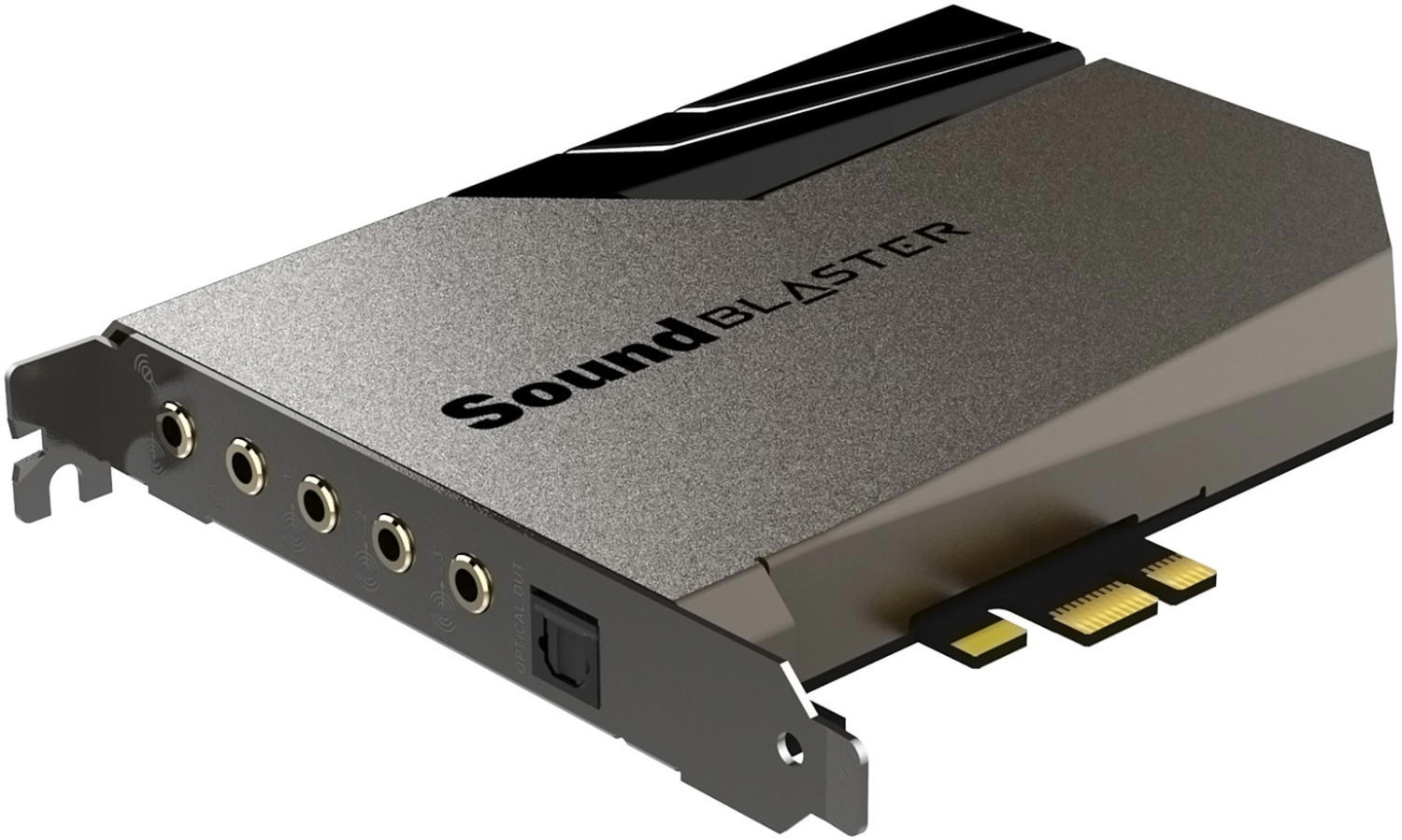
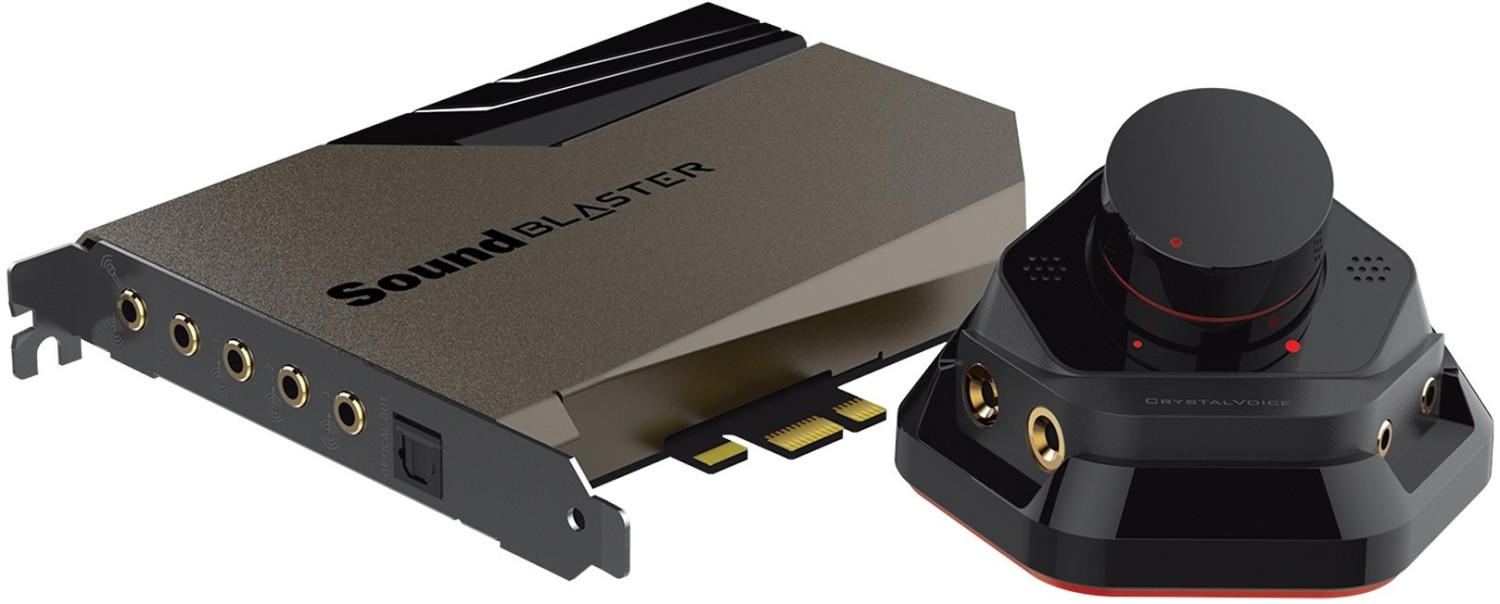

Graphics cards are essential for gamers and individuals working with graphics-intensive applications. They handle the rendering of images and videos, providing smooth performance and vibrant visuals. Some popular graphics card options in various price segments include the entry-level AMD Radeon RX 5500 XT, mid-range Nvidia GeForce GTX 1660 Super, and high-end Nvidia GeForce RTX 3080. Each of these cards offers different specifications, such as VRAM (video random access memory), core clock speed, and CUDA cores, catering to a range of users' preferences and budgets.
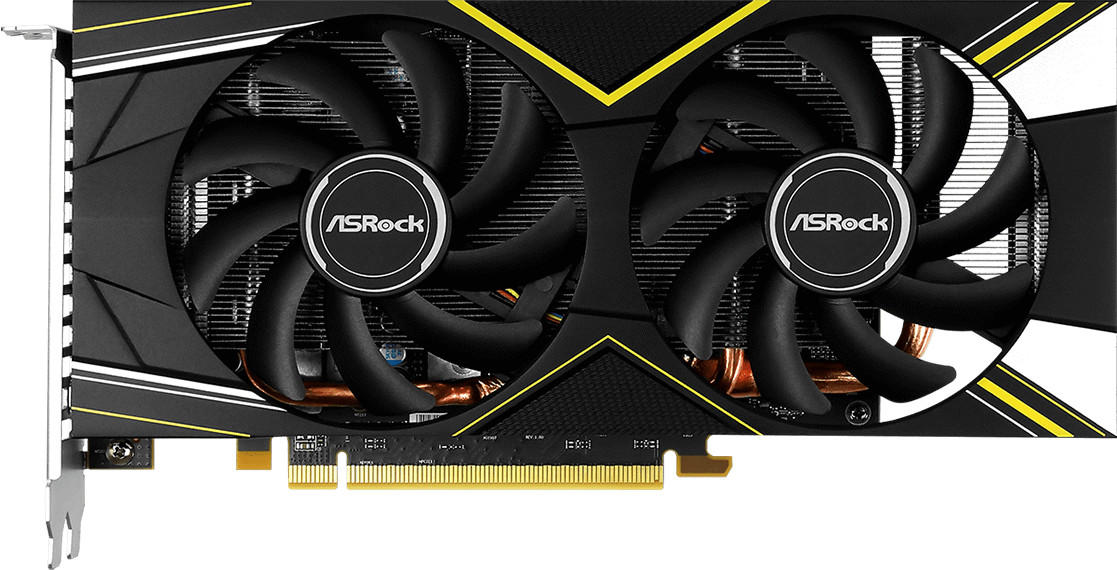


Transfer speed
This determines how quickly data can be read from or written to the card, making it crucial for tasks that require rapid file transfers, such as gaming or video editing. The market offers a variety of cards with different transfer speeds. For instance, the SanDisk Extreme PRO SD card boasts a transfer speed of up to 170MB/s, making it a reliable option for high-speed data transfers. Additionally, the Samsung EVO Select microSD card has a transfer speed of up to 100MB/s, providing a suitable choice for shooting photos, recording videos, or storing large files. Other notable options in the market include the Lexar Professional 633x which reaches transfer speeds of up to 95MB/s and the PNY Pro Elite SDXC with up to 95MB/s transfer speeds. Whether you're looking for a high-speed SD card or a microSD card, there are numerous options available to suit your specific needs and requirements.
Capacity
It determines how much data you can store on the card, whether it be documents, photos, videos, or other files. The higher the capacity, the more files you can store on your PC card. For example, the SanDisk Ultra 128GB microSDXC Card offers a spacious storage capacity of 128GB, making it an ideal choice for those in need of vast storage capabilities. With this card, you can store up to 15,000 photos or up to 5 hours of Full HD video. Other notable options are the Samsung EVO Select 256GB microSDXC Card, which offers an even larger capacity of 256GB, suitable for heavy multimedia usage such as 4K video recording and playback. Moreover, for professionals or enthusiasts who require massive storage capacities, enterprise-grade options like the Kingston Data Center 1.6TB SATA SSD are available, providing an impressive storage space for large-scale data systems and applications.
Number of ports/slots
Some PC cards offer multiple ports or slots, which allow for the connection of various devices simultaneously. For example, the Startech.com 4-Port USB 3.0 PCIe Card is equipped with four USB 3.0 ports that offer data transfer rates up to 5Gbps. This card is ideal for those who require multiple USB connections for peripherals such as external hard drives, printers, or gaming controllers. Alternatively, the Elgato Game Capture HD60 Pro features a single HDMI input port and offers uncompressed capture and streaming of gameplay from gaming consoles. It is perfect for gamers who want to record or live stream their gameplay without juggling multiple inputs.


Form factor
The form factor plays a crucial role as it determines the physical shape and size of the card, ensuring it fits correctly into your computer's expansion slot. There are several common form factors to consider, such as PCI, PCIe, and Mini PCIe.
For desktop computers, the most commonly used form factor is PCI (Peripheral Component Interconnect). A notable example of a PCI card is the TP-Link Archer T9E AC1900 PCIe Wireless WiFi Network Adapter. It provides high-speed wireless networking capability with its dual-band support and boasts a maximum speed of up to 1900Mbps.
For laptops and smaller form factor systems, the Mini PCIe (Peripheral Component Interconnect Express) form factor is often utilized. An exemplary product in this category is the Intel 9260NGW Wireless-AC 9260 Mini PCIe Network Adapter. It offers Bluetooth 5.0 technology and support for dual-band Wi-Fi with a maximum speed of 1733Mbps on the 5GHz band.
Lastly, PCIe (Peripheral Component Interconnect Express) cards are commonly found in both desktop and laptop computers and provide faster data transfer rates compared to the traditional PCI form factor. An excellent option within this category is the ASUS XG-C100C 10G Network Adapter. Using the PCIe 2.0 x4 interface, it delivers 10 Gigabit Ethernet speeds for enhanced networking performance.
By selecting the appropriate form factor, you can ensure optimal compatibility and seamless integration of PC Cards into your system.
Power consumption
It affects the performance, heating, and battery life of your device. When comparing different PC cards, it's crucial to look at their power consumption specification in watts (W). Lower power consumption results in energy-efficient performance and longer battery life.
In the realm of graphics cards, the NVIDIA GeForce GTX 1650 packs a punch while maintaining a low power draw of 75W. This makes it a great option for those looking to upgrade their gaming experience without sacrificing power efficiency. For those who require even lower power consumption, the AMD Radeon RX 5500 XT is an ideal choice with a modest power draw of around 130W. These cards offer the perfect balance of performance and energy efficiency to suit different needs.
In terms of networking cards, the Intel Gigabit Ethernet Network Interface Card is a top contender with a power consumption of only 1.9W. It ensures a seamless and speedy internet connection while minimizing the impact on your device's overall energy consumption. Those looking for a high-performance Wi-Fi option can consider the TP-Link Archer T9E AC1900 Wireless Dual Band PCI Express Adapter, which utilizes the latest Wi-Fi standards and consumes around 2.5W of power. These options demonstrate their commitment to energy efficiency without compromising functionality.
Maximum resolution supported
This determines the quality of images and videos that can be displayed on your monitor. For high-definition visuals and a vivid viewing experience, it is important to select a card that offers maximum resolution compatible with your monitor.
There are several options available in the market that cater to different resolution needs. Some entry-level cards, like the AMD Radeon RX 5500 XT, support a maximum resolution of 7680 x 4320 pixels, delivering stunning visuals for everyday use and light gaming. For intermediate users, a card like the NVIDIA GeForce GTX 1660 Super supports a maximum resolution of 7680 x 4320 pixels and offers exceptional performance for graphics-intensive tasks and casual gaming. If you are a professional and require the highest resolution on the market, you may consider a premium card such as the NVIDIA GeForce RTX 3090 with a maximum resolution of 7680 x 4320 pixels, enabling ultra-smooth gameplay, creative work, and content creation. It is essential to choose a card that matches your specific resolution requirements to enjoy crystal-clear visuals on your PC.


Audio quality (in case of sound card)
The audio quality of a sound card is determined by a combination of factors, such as the signal-to-noise ratio (SNR) and the sampling rate. A higher SNR indicates clearer and more accurate sound reproduction, while a higher sampling rate allows for more precise audio playback.
For those seeking top-notch audio quality, sound cards like the Creative Sound BlasterX AE-5 Plus and the ASUS Essence STX II are excellent choices. The Sound BlasterX AE-5 Plus boasts an SNR of 122dB, delivering exceptional clarity in both gaming and music scenarios. It supports up to 32-bit/384kHz playback for studio-grade sound. On the other hand, the ASUS Essence STX II offers an SNR of 124dB and utilizes a renowned Burr-Brown PCM1792A DAC, ensuring astonishingly accurate audio reproduction.
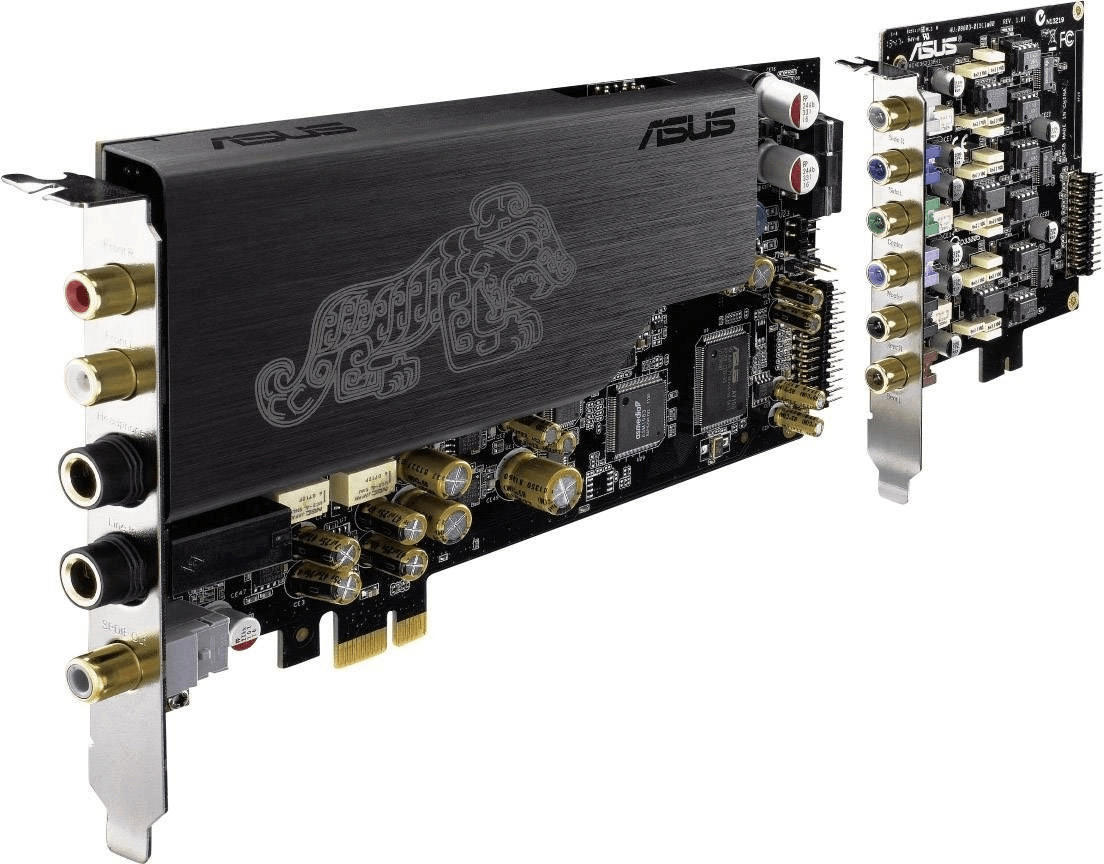
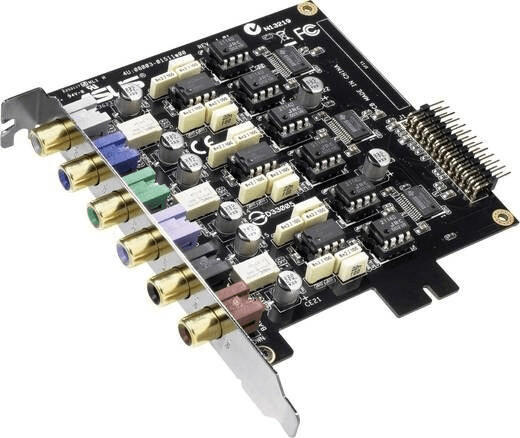
These sound cards belong to the high-end segment; however, for users on a budget, options like the Creative Sound Blaster Audigy RX and the ASUS Xonar DSX provide decent audio quality at a more affordable price point. The Sound Blaster Audigy RX boasts an SNR of 106dB and supports up to 24-bit/192kHz playback, while the ASUS Xonar DSX offers an SNR of 107dB. Both these sound cards offer great value for the money, delivering immersive audio experiences without breaking the bank.



Signal strength/reception
When you are looking for the best and right PC Card, one crucial factor to consider is the signal strength and reception. A strong signal ensures a stable and fast internet connection, allowing you to browse, stream, and download without interruption. Some PC Cards excel in this area, providing high gain antennas and advanced wireless technologies to enhance the signal reception. One such product is the NET-DYN AC1200 USB Wi-Fi Adapter, which boasts a long-range dual-band antenna, 1200Mbps speed, and support for 802.11AC Wi-Fi standard. Another option is the ASUS PCE-AC88 PCIe Adapter, featuring four external antennas and NitroQAM technology to deliver superior speed and coverage. Grouped into higher-end choices are TP-Link Archer T9E AC1900 PCIe Adapter and ASUS AX3000 PCE-AX58BT WiFi 6 Adapter, known for their exceptional signal reception capabilities thanks to high-gain antennas and robust signal processing technologies.
Network standards supported (in case of WiFi card)
It ensures compatibility with different network setups and determines the maximum speed and performance you can achieve. WiFi cards generally support the IEEE 802.11 standard, which has evolved over time to include different versions such as 802.11a, 802.11b, 802.11g, 802.11n, and the latest 802.11ac.
For those looking for high-speed wireless connectivity, the TP-Link AC1300 PCIe WiFi PCIe Card is an excellent choice. Supporting the latest 802.11ac standard, this card offers lightning-fast speeds of up to 1300Mbps, allowing you to stream high-definition videos, play online games, and transfer large files without any lag.
Alternatively, the ASUS PCE-AC56 Dual-Band PCI-E Adapter is a reliable option for those who prioritize connectivity range. It supports both the 802.11ac and 802.11n standards, featuring a high-power design that delivers extended WiFi coverage even in large homes or offices. With its included detachable antennas, it ensures stable and reliable wireless connections throughout your space.
Expansion slot compatibility
Expansion slots determine the type and number of PC cards that can be installed on your computer. Most modern motherboards come with PCI (Peripheral Component Interconnect) Express slots. These slots vary in terms of generation and bandwidth, so it's important to choose a PC card that matches your slot's specifications. For example, if you have a PCIe 3.0 x16 slot, you should consider graphics cards like the NVIDIA GeForce RTX 3080 or the AMD Radeon RX 6900 XT, which are designed to take advantage of the higher bandwidth provided by the slot. On the other hand, if you have a PCIe 2.0 x1 slot, you may want to look at more basic PC cards like the TP-Link Archer T6E AC1300 wireless adapter or the Sound Blaster Audigy RX sound card.
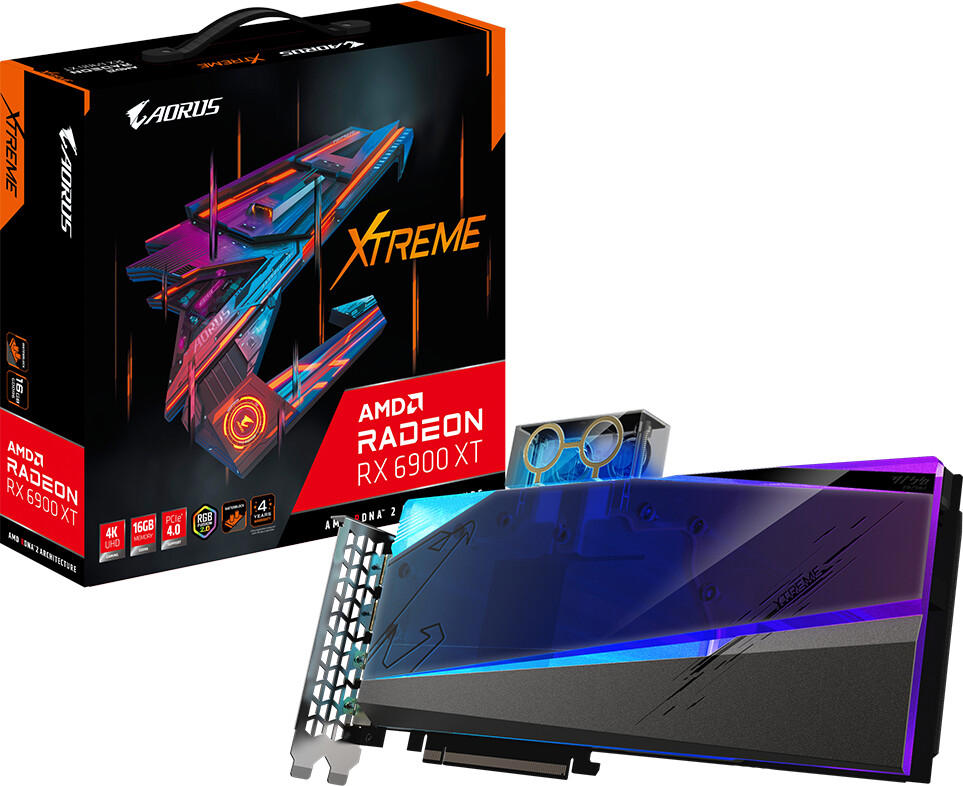

Noise level
The noise level of a PC card can greatly impact the overall user experience, particularly for those who require a quiet computing environment. The noise level of a PC card is typically measured in decibels (dB). A lower dB level indicates a quieter card. It is important to select a PC card that operates quietly to avoid any unnecessary distractions or disruptions. For those looking for a silent PC card option, cards such as the ASUS ROG Strix Nvidia GeForce RTX 3080 or the MSI Gaming GeForce GTX 1660 Super offer noise level ratings as low as 22.2 dB and 22 dB, respectively. These cards employ advanced cooling technologies, such as large heatsinks and efficient fans, to achieve near-silent operation without compromising performance.
Support for multiple displays
This feature allows you to connect multiple monitors to your PC, providing a more immersive and productive computing experience. One example of a PC card that excels in this area is the NVIDIA GeForce RTX 3080. With its support for up to four monitors, this card allows you to expand your workspace and multitask seamlessly. Another great option is the AMD Radeon RX 6800 XT, which supports up to six displays and is perfect for gamers and content creators who require a high level of visual fidelity.
In the market, PC cards can generally be divided into three groups based on their support for multiple displays. The first group includes entry-level cards, such as the NVIDIA GeForce GTX 1660 Super. While these cards may have limited connectivity options, they can still support dual monitors, making them suitable for everyday use and light gaming. The second group consists of mid-range cards, such as the NVIDIA GeForce RTX 3060. These cards typically offer more display outputs and can support up to three monitors, making them ideal for users who require higher graphics capabilities. Lastly, the high-end cards, like the NVIDIA Quadro RTX 5000, cater to professionals who need extensive multitasking abilities. These cards often support up to four or more displays and provide features like hardware accelerated ray tracing for rendering complex graphics.

Driver availability/stability
Drivers play a critical role in ensuring that the PC Card functions properly and is compatible with your operating system. Some PC Cards offer robust driver support, allowing for seamless installation and updates, while others may have limited or unreliable driver availability, leading to compatibility issues.
One example of a PC Card that excels in driver availability and stability is the NVIDIA GeForce RTX 3090. This high-end graphics card offers extensive driver support, ensuring smooth operation for demanding gaming and creative applications. Another example is the Intel Wi-Fi 6E AX210, which provides reliable wireless connectivity and frequent driver updates for enhanced performance and compatibility with the latest Wi-Fi standards.


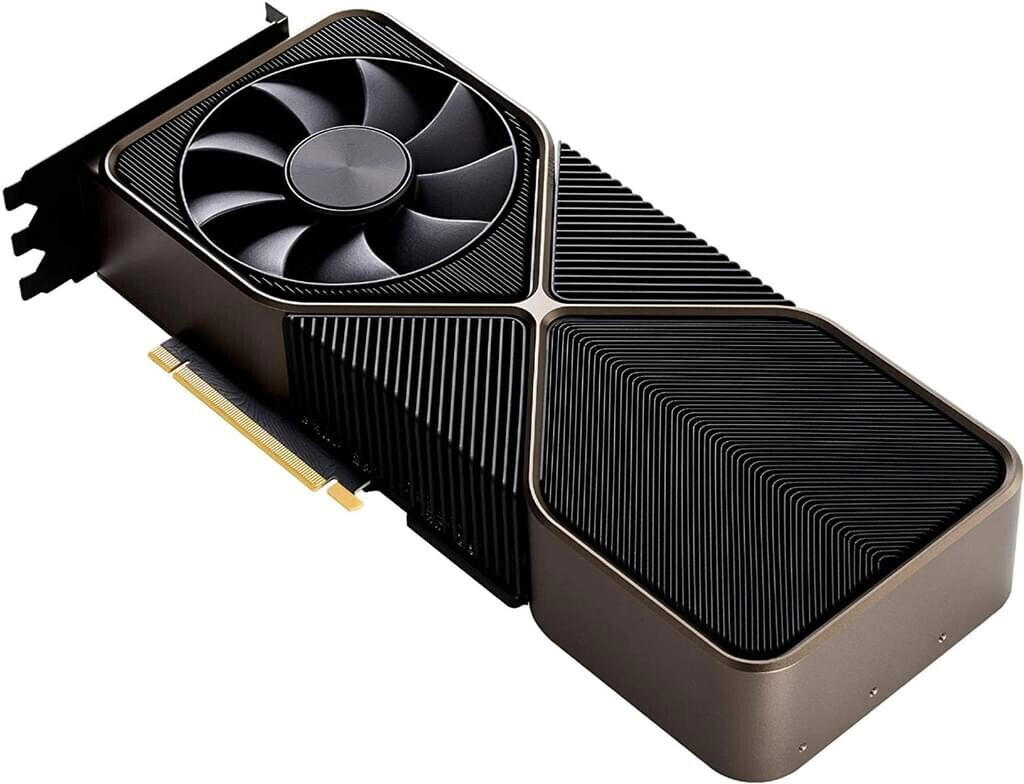
It is worth noting that the market can be segmented into different categories of PC Cards, each with varying availability and stability of drivers. These categories can include graphics cards, network interface cards, sound cards, and more. Within the graphics card category, notable products with excellent driver support include AMD Radeon RX 6900 XT and NVIDIA GeForce GTX 1660 Ti. For network interface cards, options such as TP-Link Archer T6E AC1300 and Intel Ethernet Converged Network Adapter X710 offer reliable drivers for seamless connectivity.



Frequency range (in case of a radio card)
The frequency range determines the range of radio frequencies that the card can transmit and receive, and it is usually specified in terms of minimum and maximum frequencies. For example, the TP-Link Archer T6E AC1300 PCIe Wireless Wifi Network Adapter offers a frequency range of 2.4 GHz to 5 GHz, providing a wide coverage for optimal signal transmission and reception. Another option, the ASUS PCE-AC56 AC1300 PCIe Wireless Adapter supports a frequency range of 2.4 GHz to 5 GHz as well, ensuring stable and fast connections in both bands. These cards are suitable for users who require flexibility in choosing the frequency band with less interference for their wireless networks.
Other PC card options offer different frequency ranges to cater to specific needs. Some cards primarily operate in the 2.4 GHz band, ideal for environments with numerous wireless devices, such as the Intel 7260.HMWG.R WIFI Dual Band MicroPCIe card with its frequency range of 2.4 GHz to 2.495 GHz. On the other hand, if you need the ability to connect in the 5 GHz band for increased bandwidth and lower interference, you can consider the Gigabyte GC-WB867D-I PCIe Wireless Expansion Card with a frequency range of 5.15 GHz to 5.825 GHz. By understanding the frequency range offered by different radio cards, you can select the one that aligns with your specific connectivity requirements.


Encryption protocols supported (in case of a WiFi card)
Encryption protocols ensure the security and privacy of your wireless network. The most common encryption protocols used today are WEP (Wired Equivalent Privacy), WPA (Wi-Fi Protected Access), and WPA2 (Wi-Fi Protected Access 2). It is essential to choose a WiFi card that supports the latest encryption protocols, such as WPA2, as they offer stronger security than older protocols such as WEP. For instance, the TP-Link AC1300 PCIe WiFi Card supports WPA/WPA2 encryption protocols, providing a secure and reliable connection. Another option is the ASUS AX3000 PCE-AX58BT PCIe WiFi Card, which not only supports WPA2 encryption but also includes the latest WPA3 encryption protocol, which offers enhanced security features.
Graphics performance (in case of a graphics card)
The performance of a graphics card is largely determined by key factors such as its core clock speed, memory capacity, and number of CUDA cores. One example of a high-performance graphics card is the NVIDIA GeForce RTX 3080, which features a core clock speed of 1440 MHz, 10,496 CUDA cores, and 10 GB of GDDR6X memory. This card offers exceptional graphics performance for gaming enthusiasts and professionals alike. Another option is the AMD Radeon RX 6800 XT, which has a core clock speed of 2250 MHz, 4608 stream processors, and 16 GB of GDDR6 memory. This card is specifically designed for high-performance gaming and delivers stunning graphics for the latest games and virtual reality experiences.
Bluetooth compatibility (if applicable)
Look for cards that support the latest Bluetooth version, such as Bluetooth 5.0, to ensure the best compatibility and performance. Additionally, pay attention to cards that offer a long-range feature, allowing for a wider coverage area.
One example of a PC card with Bluetooth compatibility is the ASUS USB-BT400. This small and compact card supports Bluetooth 4.0 and has a range of up to 33 feet, making it suitable for various devices and applications. Another option is the Intel Wireless-AC 9260, a PC card that supports the latest Bluetooth 5.0 technology with a range of up to 75 feet, offering improved speed and stability for Bluetooth connections.
Ease of installation
Look for PC cards that provide effortless and quick plug-and-play installation, eliminating the need for extensive technical expertise. For example, the ASUS XG-C100C 10G Network Adapter Card comes equipped with a user-friendly interface and can be easily installed in a PCIe x4, x8, or x16 slot on your motherboard. Additionally, the NETGEAR Nighthawk WiFi 6 AX3000 PCIe Adapter (RAX20-100NAS) boasts a straightforward installation process, allowing you to enjoy the benefits of high-speed wireless connectivity promptly. Both these products offer simple and hassle-free installation, catering to users who prefer easy setup without compromising on performance.
Durability
It ensures that the card can withstand use and abuse over time without experiencing any performance issues or damage. To determine the durability of a PC card, look for products that are manufactured using high-quality materials and have undergone rigorous testing.
One product that showcases exceptional durability is the 'SanDisk Extreme PRO SDXC UHS-I Card'. This card has a rugged design that makes it resistant to shock, temperature extremes, and even waterproof, ensuring it can withstand any environment. Another notable card known for durability is the 'Lexar Professional 1667x UHS-II SDXC Card'. It boasts a robust construction that protects against impact, as well as a reliable temperature resistance feature, allowing it to perform exceptionally in extreme conditions.

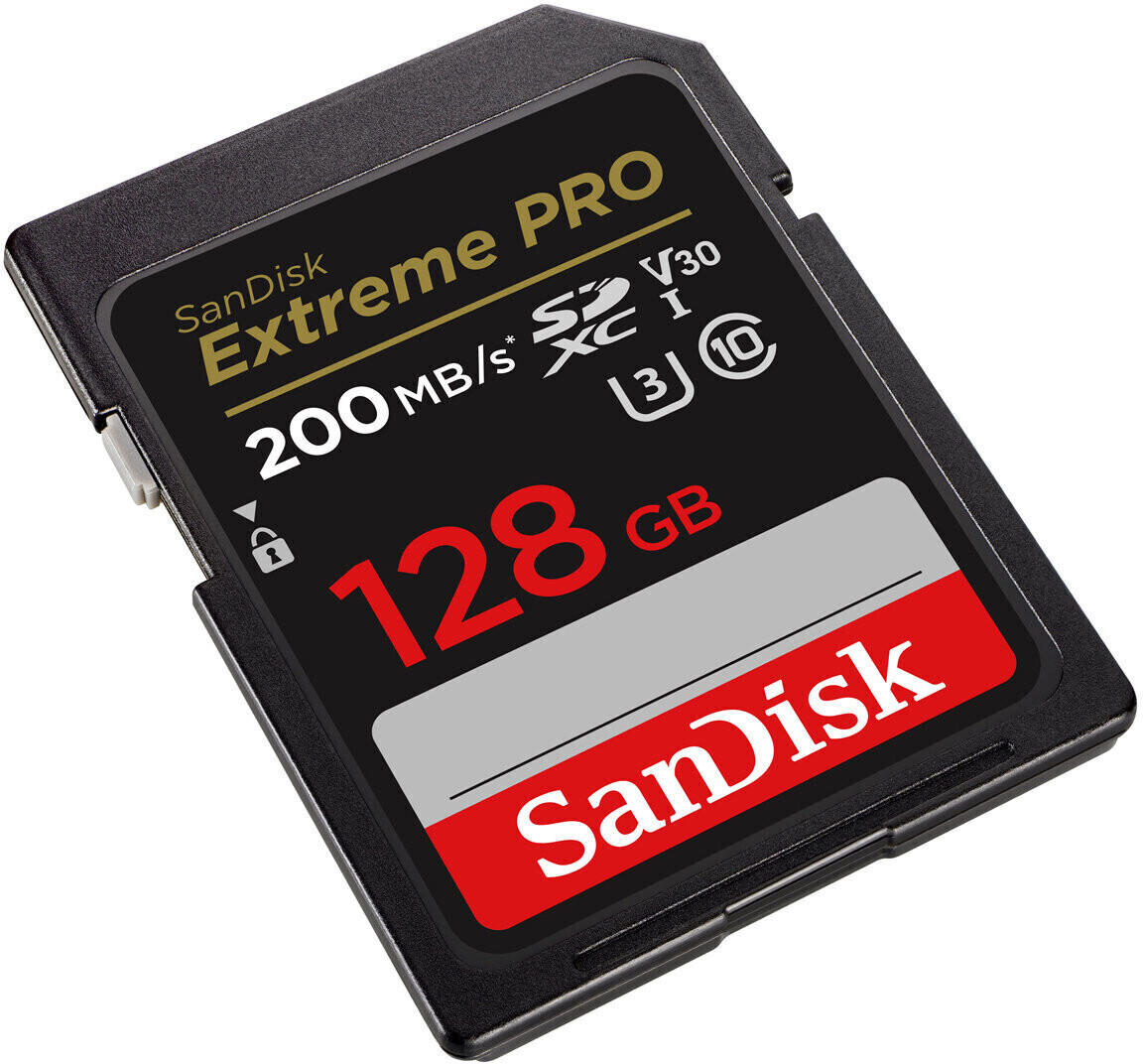

When reviewing PC card options, it is important to note that durability can vary based on performance and usage demands. High-endurance cards, such as the 'Samsung PRO Endurance microSD Card', are specifically designed for continuous recording, making them perfect for security cameras or dashcams. On the other hand, general-purpose cards like the 'SanDisk Ultra SDHC UHS-I Card' offer a balance between durability and affordability, making them versatile options for various applications. Ultimately, choose a PC card that suits your specific requirements and has proven durability, ensuring optimal performance and longevity.



Cooling mechanism
The cooling system plays a vital role in maintaining the temperature of the card and ensuring optimal performance. There are different types of cooling mechanisms available on the market. One popular choice is the ASUS ROG Strix GeForce RTX 3090. It features a triple Axial-tech fan design that enhances airflow and reduces noise. Additionally, it uses a max-contact technology, where the heatsink surface comes into direct contact with the GPU, enabling efficient heat dissipation. Another excellent option is the EVGA GeForce GTX 1660 Ti XC Ultra Black Gamings. It utilizes an dual HDB fan design that provides superior cooling and lower noise levels, keeping the card running smoothly during intense gaming sessions.These cards offer top-notch cooling mechanisms, ensuring your PC stays cool even during demanding tasks.
Software support
It is important to ensure that the card you select is backed by reliable and up-to-date software drivers to ensure proper functionality and compatibility with your operating system. Two great examples of PC cards known for their exceptional software support are the NVIDIA GeForce GTX series and the AMD Radeon RX series. Both of these product lines offer regular driver updates, ensuring optimal performance, industry-standard compatibility, and access to the latest software enhancements. Additionally, the NVIDIA GeForce GTX line comes with the GeForce Experience software, which enables users to optimize game settings, capture and share gameplay videos, and update drivers seamlessly.
Breaking down the market into segments, there are several options available based on different requirements. For gamers looking for top-tier graphics performance, the NVIDIA GeForce RTX series, including the RTX 3070 and RTX 3080, offer outstanding software support and cutting-edge features such as real-time ray tracing and DLSS. Professionals in fields such as video editing or 3D modeling may consider workstation-grade cards like the NVIDIA Quadro or AMD Radeon Pro series, which provide optimized software support and reliability for demanding applications.
Number of antennas (in case of a WiFi card)
The number of antennas directly affects the speed, range, and overall performance of the network connection. Cards with a higher number of antennas offer better signal reception and faster data transfer rates.
In the market, WiFi cards can be categorized into two groups based on the number of antennas: single antenna and multiple antenna cards. Single antenna cards, such as 'TP-Link TL-WN722N', are suitable for basic internet browsing and light streaming tasks. They usually offer a data transfer rate of up to 150Mbps and provide a decent range for small to medium-sized places.
On the other hand, multiple antenna cards, like the powerful 'ASUS PCE-AC88', utilize multiple antennas (typically 4) to offer remarkable speed and range. With a PCIe interface, this card boasts a transfer rate of up to 2167Mbps and supports the latest WiFi standards such as 802.11ac. It is perfect for demanding tasks like online gaming, streaming high-definition videos, and large file transfers. Having a multiple antenna card ensures strong signal coverage even in larger homes or offices, minimizing signal drops and providing a reliable wireless connection.
Multimedia support
One outstanding option is the NVIDIA GeForce RTX 3080, which delivers exceptional graphics performance with its real-time ray tracing capabilities and large memory bandwidth. With 8704 CUDA cores, this card provides smooth gameplay and stunning visual effects, making it perfect for gamers and content creators. Another notable choice is the AMD Radeon RX 6900 XT, boasting 5120 stream processors and a 16GB GDDR6 memory. Its high clock speeds and advanced architecture result in superior image quality and realism. These cards excel in handling resource-intensive tasks such as video editing, 3D rendering, and virtual reality, making them perfect for professional multimedia work.


Virtual reality support (in case of a graphics card)
VR technology requires high-performance hardware to deliver an immersive and smooth experience. One great option for VR support is the NVIDIA GeForce RTX 3080. This powerful graphics card comes with 10GB of GDDR6X VRAM and supports real-time ray tracing, making it ideal for demanding VR applications. Another impressive choice is the AMD Radeon RX 6900 XT. With 16GB of GDDR6 VRAM and support for DirectX 12 Ultimate, this graphics card can handle high-performance VR gaming with ease. It's important to note that both of these cards belong to the higher-end segment, offering top-notch VR performance.


Cross-platform compatibility
It ensures that the card can be used across different computer platforms, allowing for easy and seamless integration. One example of a PC card that offers cross-platform compatibility is the SanDisk Ultra 128GB SDXC Card. This versatile card supports SDXC format and is compatible with both Windows and Mac operating systems. With transfer speeds of up to 80MB/s and a capacity of 128GB, it is ideal for storing and transferring large files, including high-resolution photos and videos.
In addition, Kingston Digital 32GB MicroSDHC Card is another excellent option that provides cross-platform compatibility. This MicroSD card is compatible with a wide range of devices, including computers, smartphones, tablets, and digital cameras. With a Class 10 UHS-I U1 rating, it ensures fast and smooth data transfer, while the 32GB capacity offers ample storage space for all your digital content.
Energy efficiency
One excellent example of an energy-efficient PC card is the Asus GeForce GTX 1650. This graphics card is built using advanced NVIDIA Turing architecture that delivers blazing-fast performance while consuming minimal power. With a power consumption of only 75W, it offers an impressive gaming experience without compromising on energy efficiency. Another energy-efficient option is the AMD Radeon RX 5500 XT. This graphics card incorporates AMD's RDNA architecture, which allows for great performance while consuming less power compared to its predecessors. With a power consumption of around 130W, it strikes a balance between performance and energy efficiency.
When it comes to wireless networking, the Intel AX200 Wi-Fi 6 card is an excellent choice. This card utilizes the latest Wi-Fi 6 technology, offering faster speeds, better capacity, and improved power efficiency. It achieves this by leveraging multiple innovations, such as Target Wake Time (TWT) that enables devices to communicate when and how frequently they wake up to send or receive data. This approach significantly reduces power consumption and extends battery life in laptops, making it an ideal energy-efficient option.



It's important to note that there are numerous models available for PC cards, but some notable products that stand out in terms of energy efficiency include the Asus GeForce GTX 1650 and the AMD Radeon RX 5500 XT for graphics cards, as well as the Intel AX200 Wi-Fi 6 card for wireless networking.
Overclocking capabilities (in case of a graphics card)
Overclocking refers to the process of increasing the clock speeds of the GPU to improve its performance. This can lead to higher frame rates and better overall gaming experience.
One example of a graphics card with excellent overclocking capabilities is the ASUS ROG Strix GeForce RTX 3080 OC Edition. It boasts a boost clock speed of up to 1935 MHz and is built with premium components and robust cooling technology, allowing for stable overclocking performance. Another option is the MSI Gaming X Trio GeForce RTX 3070, which features a core clock speed of up to 1830 MHz and is equipped with efficient cooling to support overclocking without compromising on noise levels.
Other graphics cards that are known for their overclocking capabilities include the GIGABYTE AORUS GeForce RTX 3090 Xtreme, with a boost clock speed of up to 1785 MHz, and the EVGA GeForce RTX 3060 Ti FTW3 Ultra Gaming, which offers a core clock speed of up to 1800 MHz. These cards are popular choices among gamers and PC enthusiasts looking to push their graphics cards to their limits through overclocking.
Latency (in case of a sound card)
Latency refers to the time delay between a sound signal being input into the computer and when it is output through the speakers or headphones. Low latency is crucial for musicians, audio engineers, and gamers, as it ensures a real-time or near-real-time response while recording or playing sound.
For those looking for the lowest latency sound cards, the Creative Sound BlasterX G6 is a worthy contender. With a Signal-to-Noise Ratio (SNR) of 130dB and a 32-bit/384kHz Digital-to-Analog Converter (DAC), it provides crisp and clear audio while minimizing latency to just 1ms. Another option is the Asus Xonar U7 MKII with a 114dB SNR and a latency of 2ms.


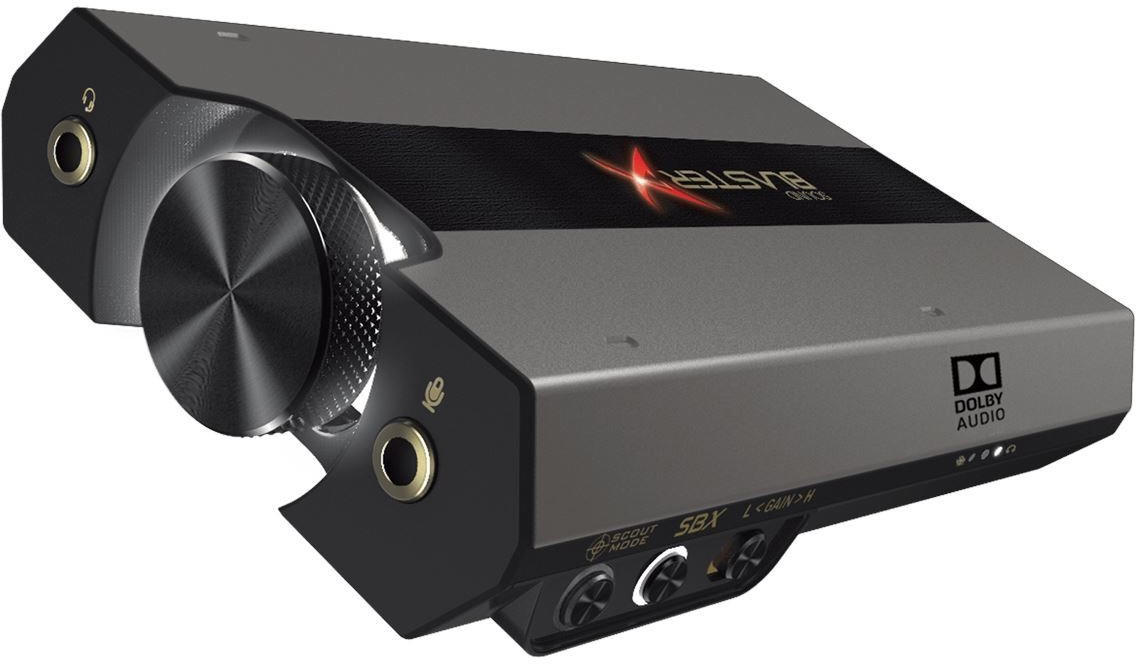
Keep in mind that latency can vary depending on the computer's operating system and settings, as well as the specific software being used. It is crucial to consider these factors when making a sound card choice to ensure the best experience.
Real-time audio/video processing (in case of a sound or graphics card)
One product that stands out in this field is the NVIDIA RTX 3090. This graphics card is designed for efficient real-time video processing with its powerful AI features, including real-time Ray Tracing. It boasts 24 GB of GDDR6X memory and has a high core clock speed, ensuring smooth video rendering and fast data processing. Another option is the Creative Sound Blaster AE-9, a top-of-the-line sound card specifically built for real-time audio processing. It offers a signal-to-noise ratio of 129 dB, ensuring high-quality output, and supports up to 7.1 surround sound. With its immersive audio technologies and advanced features like Dolby Digital Live and DTS encoding, it is an excellent choice for real-time audio processing applications.


Signal-to-noise ratio (in case of a sound card)
The SNR measures the quality of the signal produced by the sound card in comparison to the background noise it generates. A higher SNR indicates a clearer and more accurate audio reproduction. Aim for a sound card with an SNR of at least 100dB for optimal performance.
Some sound cards on the market with excellent SNR include Creative Sound Blaster ZxR and ASUS Essence STX II. Both of these PCI sound cards offer an impressive SNR of 124dB. Another option is the Creative Sound Blaster Audigy Rx 7.1, which features an SNR of 106dB. These sound cards provide superior audio quality, allowing you to fully immerse yourself in your favorite movies, games, or music.




Backward compatibility with older devices.
This feature allows the card to work seamlessly with devices that are not equipped with the latest technology. One example of a product that offers excellent backward compatibility is the SanDisk Extreme PRO SD UHS-II Card. It is compatible with SDHC and SDXC devices, ensuring that it can be used with a wide range of cameras, laptops, and other gadgets. Additionally, it offers read speeds of up to 300MB/s and write speeds of up to 260MB/s, making it ideal for high-performance applications.
Another option to consider is the Samsung EVO Select microSD Card. This card is backward compatible with older SD devices, offering versatile usage for various devices including smartphones, tablets, digital cameras, and more. It provides read speeds of up to 100MB/s and write speeds of up to 60MB/s, suitable for capturing and transferring large files and 4K UHD videos. With its reliability and compatibility, this microSD card is a great choice for those seeking backward compatibility with older devices.
Price
It is crucial to find a card that offers the right balance between affordability and functionality. To help you make an informed decision, let's consider two categories: affordable entry-level options and high-performing premium cards.
For those on a budget, the TP-Link TL-WN881ND wireless PCI Express adapter is an excellent choice. With a price tag of around $20, it offers great value for money with a maximum network speed of 300 Mbps. Similarly, the SanDisk Ultra 128GB microSDXC card is an affordable storage option priced at just $20, featuring ample storage capacity for your files and media.



If you are looking for top-of-the-line performance, the ASUS XG-C100C network card stands out. Offering blazing fast 10 Gigabit Ethernet speeds, this card is perfect for enthusiasts and power users. On the storage side, the Samsung 980 PRO NVMe PCIe 4.0 SSD is a high-end option with a price ranging from $130 to $350, providing exceptional read and write speeds for demanding tasks and gaming. Remember, while price is important, it's essential to consider other factors too before making a final decision.
Variety of brands
Different brands offer their own unique features, performance levels, and customer support. One popular brand worth considering is NVIDIA, known for their high-quality graphics cards. NVIDIA offers a range of options including the GeForce RTX 30 series, which boasts features like real-time ray tracing, AI rendering, and high-performance gaming. However, NVIDIA cards are generally more expensive compared to other brands in the market. Another reputable brand is AMD, which provides competitively priced graphics cards with excellent performance. For example, their Radeon RX 6000 series is known for its strong performance in both gaming and content creation. However, some users have reported compatibility issues with AMD drivers, so it is important to do proper research before making a purchase. Other brands to consider include Asus, Gigabyte, and EVGA, all of which have their own range of reliable PC Cards available.